More and more people are filling their stores of basic food products with bio-alternatives, taking advantage of the health proposals in organic shops and large chains.
People who want to live healthy and can afford to buy organic foods, which are more expensive than regular, prefer to buy organic cereals and other such goods. With these, your dishes become much tastier.
It is better to use bio-lentils and bio-beans, which have not been treated with pesticides for pest resistance, or with stabilizers to extend their shelf life.
Bio-lentils and bio-beans are grown without the use of genetic modification, there are no added flavors, they are not sprayed with herbicides and artificial fertilizers have not been used during their cultivation.

The shelves for organic food offer bio-lentils and bio-beans of different types. They are much more beneficial to one's health than ordinary ones.
They contain many more vitamins and nutrients than beans and lentils that have been grown using various types of chemicals, harmful to human health.
They also have many other advantages. You can distinguish bio-lentils and bio-beans from conventional ones only when you prepare meals using both types of cultures.
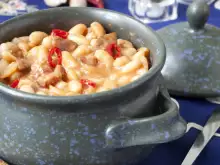
For example, bio-lentils boil much faster than ones treated with various chemicals. In addition, they do not over-boil and retain their integrity. Bio-lentils have a dense flavor and rich taste due to the fact that during growth, no harmful chemicals were used.
Bio-beans also cook much faster than regular beans. They have a much fuller flavor, unknown to people who are accustomed only to the taste of the beans grown with pesticides and herbicides.
Beans retain their shape when cooking and you can prepare all your favorite dishes and salads with them. Meals prepared with these are very juicy and more aromatic than those prepared using conventional beans.
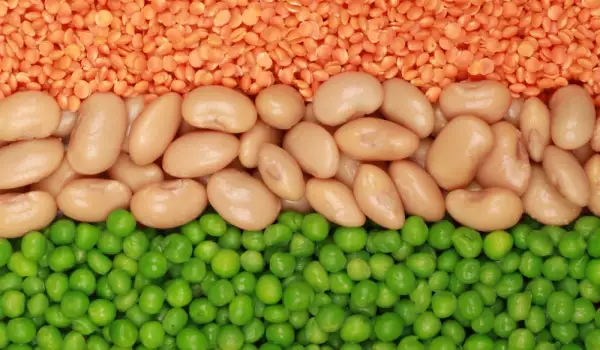

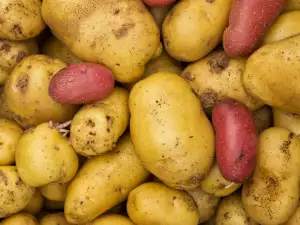


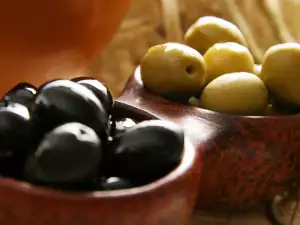

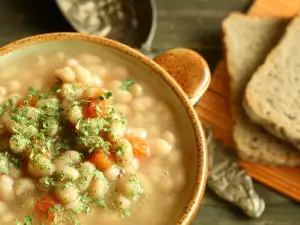
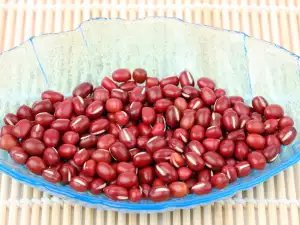


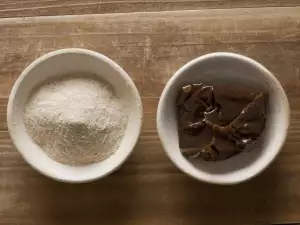








Comments